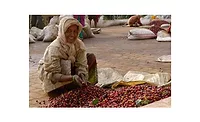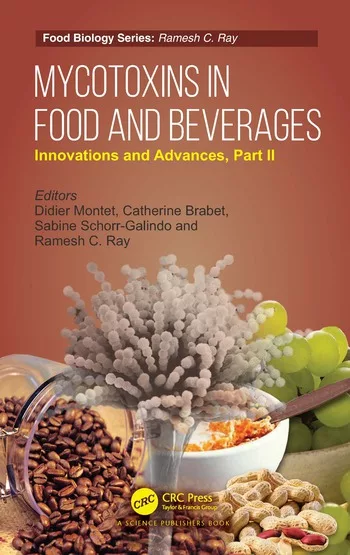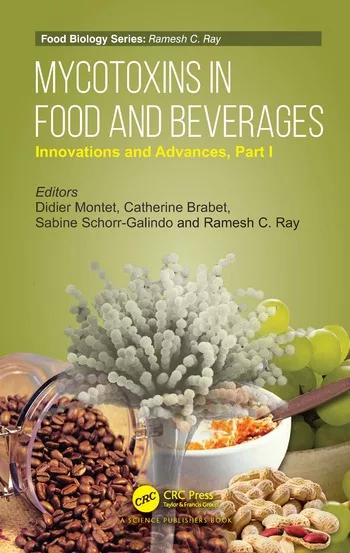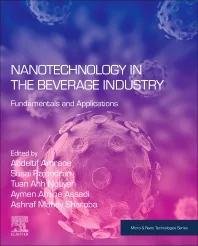Ingredient Spotlight
Coffee drives new product development in food, beverage
Coffee’s application for functionality and flavor drives innovation, growth
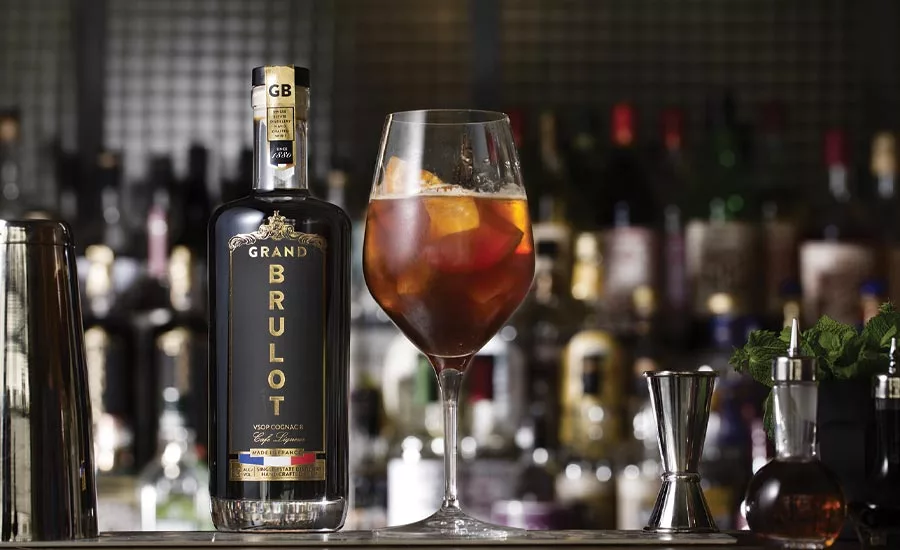
Approximately 63 percent of Americans drink coffee, according to the 2019 National Coffee Data Trends. Although coffee exports are decreasing globally, coffee as a distinctive, aromatic ingredient in food and beverages is expanding. Beyond flavor and aroma, attributes like coffee’s purported anti-inflammatory polyphenols are helping to drive product innovations across multiple categories, experts note.
According to London-based Future Market Insights’ (FMI) “Bean Ingredients Market: Global Industry Analysis 2012-2016 and Opportunity Assessment; 2017-2027” report, coffee consumption for its health benefits is decades in the making. Green coffee beans as a functional ingredient have been studied more recently in response to demand for more natural, healthy products. Additionally, coffee ingredient manufacturers are applying natural, raw coffee bean ingredients beyond traditional caffeinated beverages and energy drinks.
Functionality and flavor
Greg Bach, general manager of Synergy’s Pure Business Unit at Synergy Flavors, Wauconda, Ill., says although chlorogenic acid is a more common “health” component in coffee, most liquid coffee ingredient requests that the supplier receives are from brands desiring coffee mouthfeel or caffeine content. Coffee essences that represent the aroma of freshly brewed coffee often are used to boost traditional coffee flavors or to elevate roasted brown notes in other applications, Bach says.
“Coffee is a distinguishing flavor profile. You don’t often hide it as an ingredient in formulation. If you are committed to adding it, you’re aware it’s going to stand out,” Bach says. “Other components such as cucumber essence can be added to beverages as a highlight to exude freshness without the drink committing the flavor to its base formulation. Add cucumber to water, and it’s still water. But when you add coffee to water, you create a coffee drink.”
Innovation is driving the coffee category in flavorful new directions. According to New York-based Nielsen Innovation Measurement data, since August 2018, more than 1,000 new coffee products have launched in the U.S. market, which is
30 percent more than the same period beginning in 2017. In addition, due to convenience, ready-to-drink (RTD) options are a main growth-driver, with more than 150 new RTD coffee offerings in the past year, which is up 14 percent year-over-year, Nielsen states. The mix includes 89 cold-brew beverages and 30 iced coffee varieties that have come to market.
Phil Caputo, marketing and consumer insights manager at Virginia Dare, Brooklyn, N.Y., says RTD lattes with plant-based milk — especially oat or almond — are currently a trending platform for coffee.
“From cold-brewed to nitro-infused, RTD plant-based coffee lattes are a hit right now,” Caputo says. “For [Virginia Dare], creating a unique and enjoyable consumption experience is nearly endless, given the possibilities of combining brew methods, prep styles, packaging, flavors, textures, etc.”
He adds that flavor profile innovations are breaking molds of what has been done with coffee before, and isn’t slowing down.
“Flavor creativity is expanding from the usual vanilla, mocha, caramel and hazelnut,” he explains. “Elevated classic flavors, sophisticated hybrids, sweet spices, global fusions and botanicals will stir the pot in RTD coffee, dairy and non-dairy alike.”
Caputo also notes the impact of increasing demand for healthier, functional beverages.
“RTD coffee beverages infused with functional ingredients to deliver nutritional claims are popular. Consumers want multi-benefit, multi-purpose products, especially in the crowded beverage space,” Caputo says. “Bulletproof Coffee is an early example, but there are also lines of protein, antioxidants, fiber, turmeric, ginseng, maca, mushrooms, CBD/CBG and probiotics making their way into the coffee space.”
For example, Lakeville-Middleboro, Mass.-based Ocean Spray Cranberries Inc. recently introduced Ocean Spray Brew, a hybrid drink made with fruit juice and cold-brew coffee to expand the company’s health-and-wellness offerings, the company says.
‘Into the unknown’
As coffee ingredients are not only beneficial, but also appeal to the palates of many, the food and beverage industries have seen increasing applications of coffee extracts and essences in products outside traditional coffee/energy drinks — and even outside the beverage realm, including beer, spirits and even desserts.
“As our business is in liquid coffee ingredients, we have seen a steady flow of requests for RTD coffee/dairy or coffee/non-dairy as well as foodservice concentrates,” Synergy’s Bach says. “However, five years ago when cold brew started hitting the market, we saw requests for our liquid coffee ingredients moving into categories beyond beverage, such as ice creams. Most recently, coffee has been pairing up very well at breweries, in products such as stouts.”
The beverage alcohol market also is turning to coffee ingredients to expand flavor profiles. For example, Pabst Blue Ribbon Hard Coffee is a caffeinated malt beverage and Jägermeister Cold Brew Coffee combines the liqueur with Arabica coffee and cacao.
In the spirits space, Miami-based Grand Brulot Coffee Liqueur created a sippable coffee aperitif to address the rising popularity and consumer interest in brown spirits, particularly among premium beverage-seeking millennial men, the company says.
“We’re impacted by the growing trend of mixing coffee in a variety of ways to achieve complex flavors, wellness benefits and more,” says Francisco Tonarely, chief executive office and co-founder of Grand Brulot. “Coffee itself has gone through a transformation, blending non-traditional flavors and essences to enhance its profile. Our goal is to showcase the most flavorful and delicious rich note of this Ecuadorian coffee while keeping a very balanced acidity and freshness."
Beverage manufacturers also are expanding beyond coffee beans and using the coffeeberry. Momence, Ill.-based FutureCeuticals offers coffeeberry ingredient solutions through its Coffeeberry Cascara, Coffeeberry Energy and NeuroFactor branded ingredients. Recently, the company announced that all three now are Rainforest Alliance Certified.
Coffee’s outlook
As a whole, coffee exports have stagnated in the past year. The International Coffee Organization’s (ICO) “January 2020 Coffee Market Report” showed exports in the first three months of
2019-20 decreased by 5.8 percent to 29.01 million bags compared with 30.7 million bags in 2018-19.
However, while global production is expected to fall by 0.9 percent to 168.7 million bags, total consumption is projected at 169.3 million bags in 2019-20.
“Coffee bean prices have generally been in decline for the last three years; however, since November 2019, we’ve seen some upward volatility,” Synergy’s Bach says. “If you go back to 2011, you’d see some crazy pricing. One simply needs to be aware that coffee beans are a traded commodity and need to be watched closely, particularly in these last few years, as so many specialty requests have come into the market — organic, Fair Trade, Utz, etc.”
In addition, Chicago-based Mintel’s July 2019 “Coffee – US” report notes that coffee is a $15.1 billion category, projected to grow 22.7 percent through 2024 to become an $18.5 billion market at a 4.2 percent compound annual growth rate (CAGR). The report also states that convenient and innovative RTD coffee is driving category growth, and coffee continues to track moderate growth with its functional benefits and healthful positioning.
In addition, as more creative applications of coffee ingredients expand throughout food and beverage categories, innovations are likely to continue, driving the coffee market along with it, experts say.
“Category-crossing continues to create exciting, complex flavor experiences, especially in beverages,” Virginia Dare’s Caputo says. “We predict new or continued growth in RTD hard/spiked coffee lattes, botanical-infused coffee drinks, kombucha blended coffee drinks, carbonated coffee and coffee juice hybrids.”
Also, according to a release by Bloomberg Businessweek, millennials continue to embrace the coffee culture, consuming 44 percent of all coffee products in the United States. As such, beverage brands that remain on top of product variety demanded by this demographic have a well-positioned edge in the market.
“Coffee is one of the most popular beverages in the world with its familiar profile and global appeal, making it an obvious choice in product innovation,” Synergy’s Bach says. “As beverage brands continue to specialize, using coffee helps set products apart and stand out in the market.”
Looking for a reprint of this article?
From high-res PDFs to custom plaques, order your copy today!





